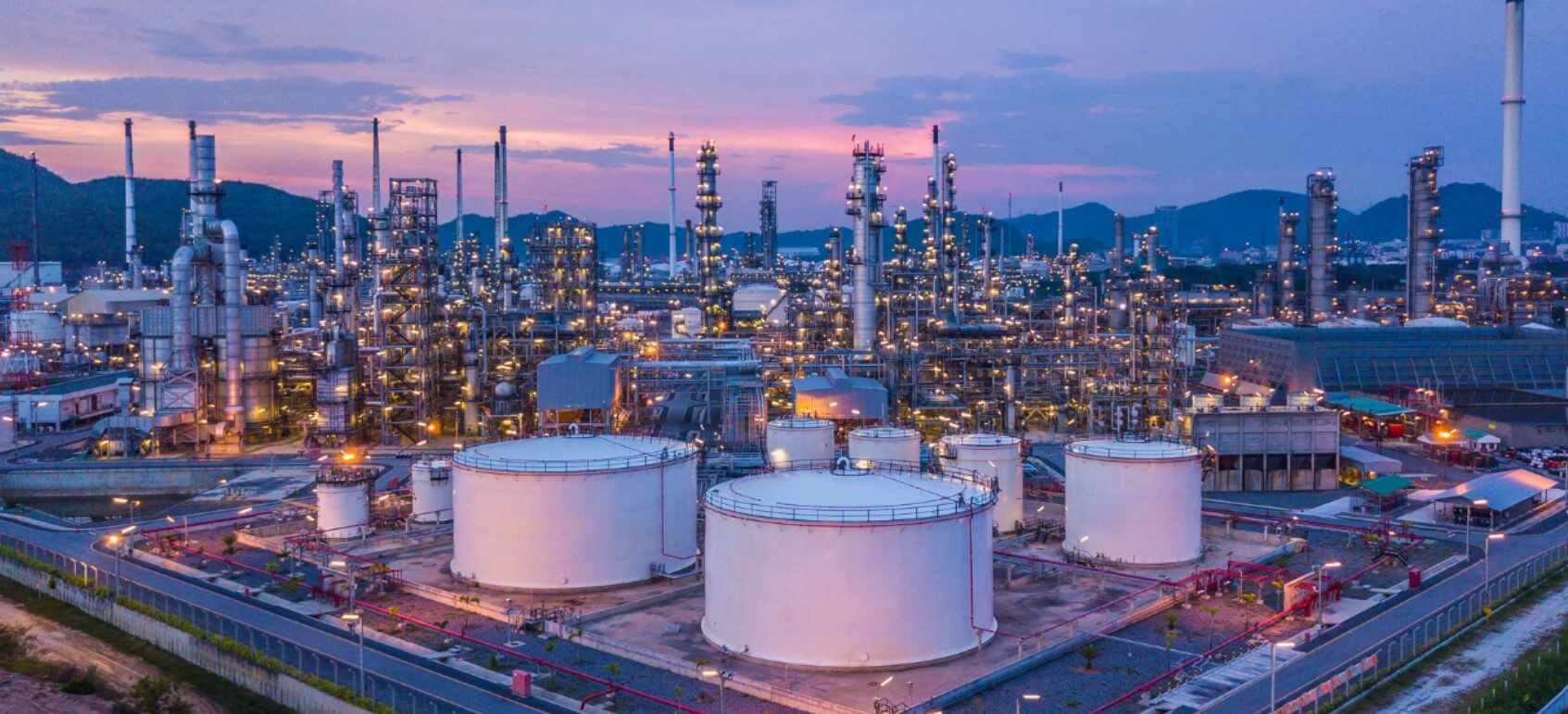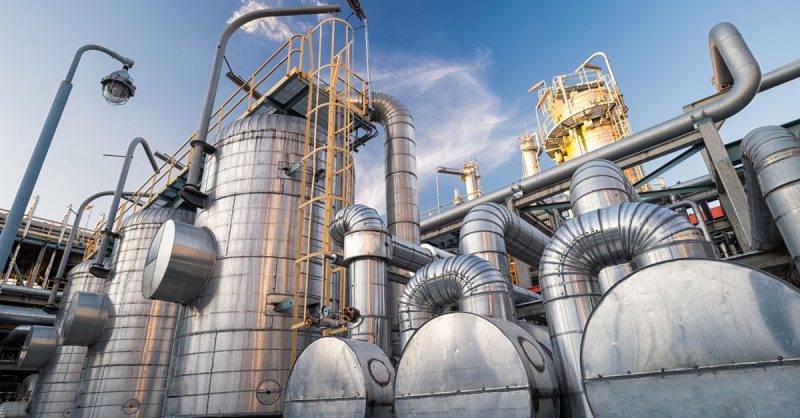A well-implemented Reliability-Centered Maintenance (RCM) program can bring your company a wide range of benefits. RCM focuses on maintenance planning. In other words, making sure that systems or processes are operating efficiently and effectively. This is a critical practice that can be costly and dangerous if not properly addressed. In this article, we will cover seven benefits an effective RCM program can help you achieve. Furthermore, we will share tips from industry experts from Shell and Cenosco on how to get an effective RCM program up and running.
The Benefits of Reliability-Centered Maintenance (RCM)
1. Setting Realistic Expectations
A well-implemented RCM program can help set realistic expectations on various levels. Since it will provide you with insights on the maintenance needed throughout your equipment’s lifecycle, you can create an optimal maintenance plan. In return, this also keeps your budgeting activities realistic and keeps you ahead of the curve for planning necessary replacements down the line.
2. Providing Insights on Business Risks
Your RCM program will provide a lot of data, especially on risk levels. If this information is used correctly, it can be useful for a variety of tasks. In particular, it can help you identify where you need to increase or decrease your maintenance, based on risk. This is an important practice that can help you make sure that you focus your attention on the right processes and equipment. This can have a significant impact in larger processes, where it is not realistic to invest the same amount of time and budget for maintenance on each part of the system.
3. Managing Environmental, Health, and Safety Risks
There are various benefits related to health and safety. For example, a well-implemented RCM can reduce your company’s carbon footprint. It will also help reduce health hazards for your employees. By effectively monitoring and maintaining your equipment and processes, you prevent leaks that could harm the environment and other failures which could be catastrophic for your team.
4. Improving Relationships
If your maintenance plan adheres to the company’s mission and vision, then you can expect to see improved relationships with clients, neighbors, and even the government.
5. Providing Quantitative Risk Reduction Data
By comparing the risk reduction with the cost of maintenance, the value of preventive maintenance can be quantitatively assessed. This is valuable data that you can use for a range of further analyses.
6. Preventing Loss of Essential Knowledge
RCM requires the documentation of degradation in a scenario, which results in employees gaining a better understanding as to why certain maintenance is needed. This helps prevent important knowledge from being lost, while also educating your staff further.
7. Overall Cost Reductions
Through identifying where your efforts need to be focused, you avoid overspending on unnecessary maintenance, while still preventing costly malfunctions and keeping your employees safe.
Industry Expert Tips to Implement an Effective RCM Program
We brought together two subject matter experts, Dilip Morje (Reliability Engineer, Projects and Technology at Shell) and Harry van Teijlingen (Reliability Engineer at Cenosco), to deep dive into the value of Reliability-Centered Maintenance (RCM) for a webinar. You can submit the form below to watch the full webinar now, or continue reading for a quick overview.
How to drive value from RCM?
Watch now on-demand.
According to the experts, an effective implementation of an RCM Program starts with good preparation, for example, a workshop to guide the main process. The process will require consistent revisions of what has already been established and what can still be done to improve. During each revision, it is important to always keep in mind the ultimate goal: improving the maintenance strategy. Establishing a business process with clear steps will facilitate this process. With it, you ensure that the entire process has repeatability.
You will need to build your business case based on unscheduled deferment and bad actors. Your efforts should be focused on the critical equipment. The pre-work is a crucial step as it will help you identify which areas need more attention. Build your (multidisciplinary) dream team and use your current data to start preparing, for example, through data mining. Make sure that the facilitator and participants are properly trained. Then you can get into the preliminaries, choosing the right tool to record and analyze RCM studies will have a major impact on the smoothness and quality of the process. The final stage is to evaluate and repeat the entire process, i.e., plan-do-check-act-repeat. Continuous improvement is a large success factor in the effective implementation of an RCM program.
Cenosco’s IMS RCM Solution can help you optimize your preventative maintenance plans based on risk. With it, you can create a risk profile to drive the maintenance strategy for your equipment either based on a full RCM2 analysis or through our library of Preventative Maintenance (PM) tasks based on 30 years of Shell’s industry experience.
Has this sparked your interest?
You can use the form below to book a demo directly and see IMS RCM in action.




